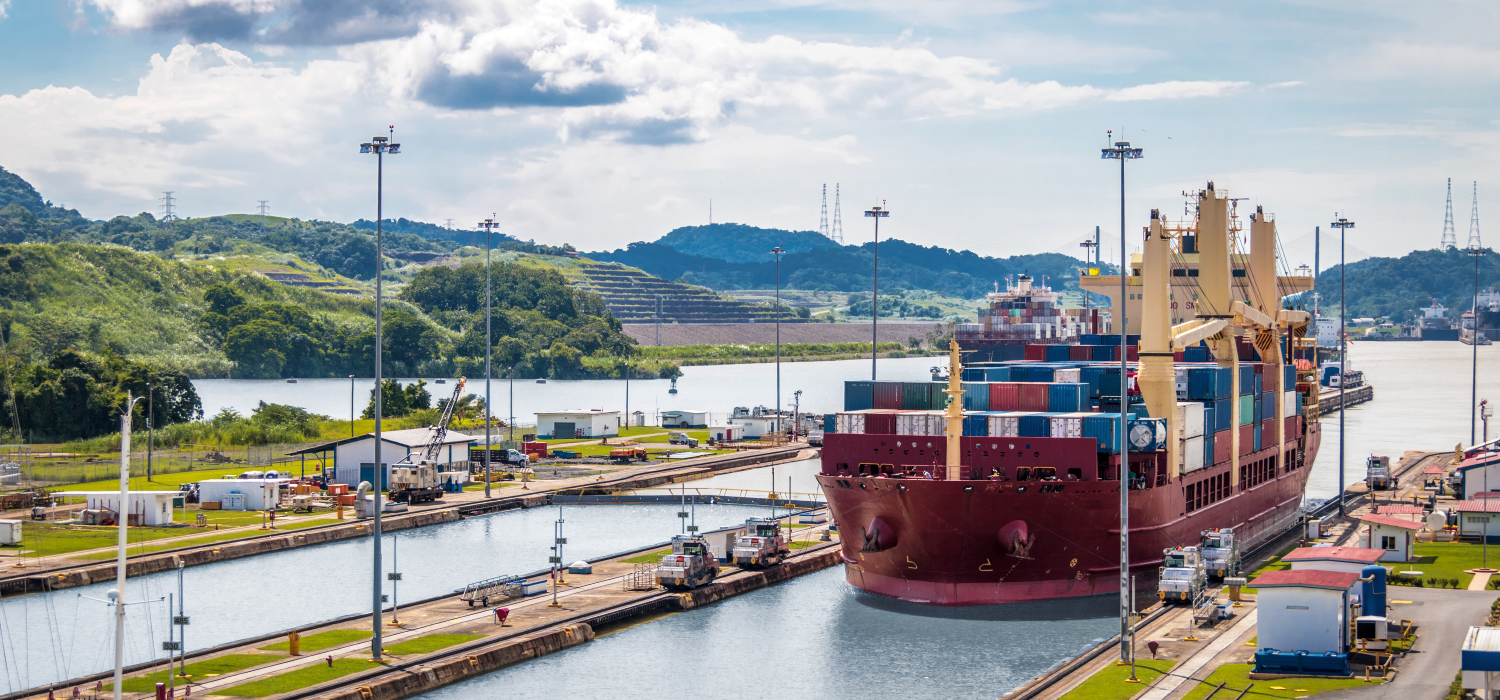Over the last month, the Panama Canal, one of the world’s two most important waterways, has encountered an unprecedented problem that could jeopardise global trade, even next year.
The severe drought in 2023 significantly diminished the flow rate to an extent that it has impeded the passage of container ships. In the past few weeks, a number of ships have been stuck with very long waiting times, and it seems that the situation is not going to improve.
Panama Canal: the consequences for trade routes and transport
The reduced navigability of the Panama Canal is a direct consequence of the situation of drought in the region, due to the prolonged periods without rain, which are the result of climate change.
It is estimated that the number of ships that can cross the canal per day fell from 31 to 25 in November and could continue to fall to just 18 from February 2024.
Not only that, the decreased water flow in the canal has reduced the draught to a maximum of 44 feet. Under normal conditions, this would be 50 feet. But what does this mean? This means that in order to pass through the canal, ships have to reduce their cargo load, travelling with part of their cargo hold empty, which leads to an increase in costs.
The solutions
Restrictions on the passage through the Panama Canal have generated uncertainty and additional costs for several companies.
Companies are moving to find alternative solutions to avoid the delays and excessive costs caused by the gridlock of transport.
Some have opted to closely monitor shipments to identify and deal with delays promptly, effectively managing any inconveniences for customers. Others are exploring alternative solutions, routes or modes of transport to reduce the uncertainties arising from the situation.
Diversification, planning, but also clear assessment of risks and additional costs are essential today to ensure optimal management of operations and reduce associated losses. At Marfreight, we strive to implement these principles daily in the services we provide, through continuous monitoring of the international freight transit situation and seeking solutions to meet the different needs expressed.
